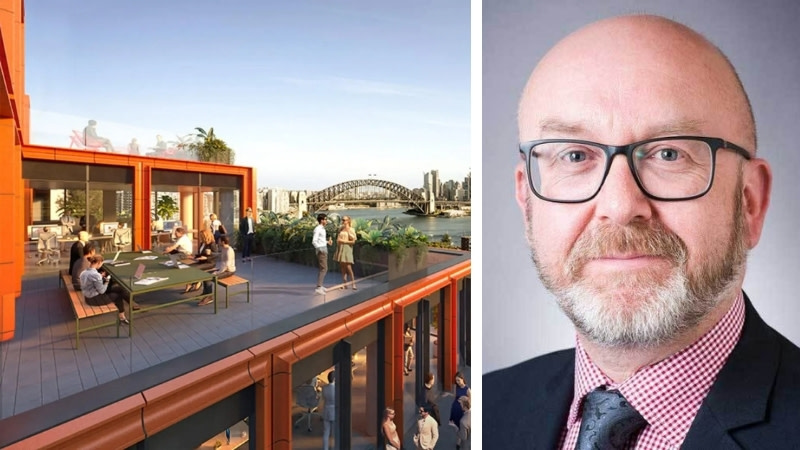
Smaller cities and regional hubs will have an increasing part to play within the post-Covid hybrid workplace environment, according to global commercial real estate giant Cushman and Wakefield.
And Cushman’s head of business development Andrew Phipps cited Geelong as a good example.
“I was in Australia and went out to Geelong from Melbourne,” Phipps told The Urban Developer’s New Workplace vSummit from London.
“It’s amazing how much it has developed. Geelong is another city now, not really a suburb of Melbourne.
“One of the things we’re seeing is that the smaller cities can make a difference, can make an impact.
“The transportation links are critically important, as is the infrastructure.
“We thought when Covid was ending people would move away, move into the country, or to the coast, that the CBDs were going to be empty. We haven’t seen that, the data doesn’t show.
“But what we are seeing is companies setting up, in some cases almost a hub and spoke model, or they’re developing spaces in smaller towns and smaller regions.
“Certainly in the UK, for example, the periphery of Reading, which is about 40 minutes from London, businesses are setting up small office campuses so people can go to an office and develop their relationships without having to go into the centre of a city.”
Phipps said there needed to be supporting infrastructure around the office area—dry cleaners, restaurants, bars and cafes—which is why their research in Europe and the UK was showing office growth in the smaller high streets.

The research leader told the summit both employers and their workforces wanted prime assets in the best locations.
“So as an investor, prime assets and good locations remain the focus area.
“Those poorer assets, in poor locations, unless you have a clear plan as to how to add value, they will become much more challenging.”
Phipps warned there were likely to be stranded assets.
“I do think we are going to see a longer tail of buildings that just aren't up to scratch,” he said. “Buildings that people don't necessarily want to be in.”
He said increasing costs of materials globally and big issues with supply chain would make retrofitting and renovating older building more difficult.
Workers in Australia’s two biggest cities have been stubbornly slow to return to the office, according to the latest figures released by the Property Council of Australia.
Office occupancies in Sydney and Melbourne rose by just 1 per cent in each city last month, with the Victorian capital at just 39 per cent of pre-pandemic levels. Sydney occupancies fared better, rising from 52 per cent to 53 per cent.
Melbourne has gone at least 24 months in a row without topping the 50-per-cent occupancy mark.
Phipps said the new reality was some people will be in an office some of the time.
Younger staff are more reluctant to return to the office.
“And increasingly, we are seeing companies that are having Fridays as an office-free day. They are using that day to, hopefully, save some energy, some heating, lighting and to be a little bit more sustainable.”